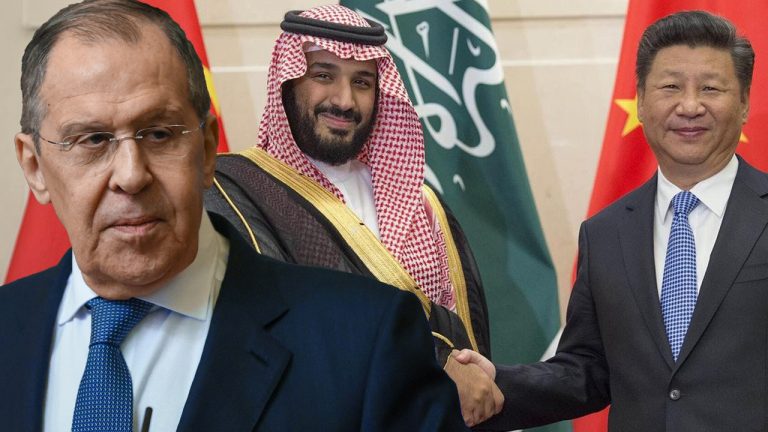
In a recent statement by Sergey Lavrov, Russia’s Foreign Affairs Minister, he noted that the BRICS bloc is set to expand in 2024 with new members including the United Arab Emirates (UAE), Iran, and Saudi Arabia. He revealed that approximately “30 countries would like to establish partner ties with BRICS.” Additionally, as November drew to a close, China and Saudi Arabia forged a currency swap agreement valued at 50 billion yuan ($6.93 billion), which some interpret as Xi Jinping’s move to contest the supremacy of the U.S. dollar.
Lavrov: ‘30 Nations Aspire to Collaborate With BRICS’
This year, the BRICS bloc, consisting of Brazil, Russia, India, China, and South Africa, garnered significant attention as an intergovernmental organization. During the 15th BRICS summit in Johannesburg, South Africa, the world observed as the alliance extended invitations to join the bloc to the UAE, Saudi Arabia, Argentina, Egypt, Ethiopia, and Iran.
According to Russia’s TASS news agency, Lavrov announced on Tuesday that beyond integrating these new members next year, about 30 nation-states are interested in establishing partnerships with BRICS.
“In addition to the countries that have already joined our union, as of today, about 30 countries would like to establish partner ties with BRICS,” Lavrov stated. “We will continue to work on BRICS bolstering its positions as one of the pillars of a multipolar world.” The Foreign Affairs Minister added:
The theme of our watch in BRICS will be ‘Strengthening Multilateralism for Equitable Global Development and Security.’ Over 10 Russian cities will host more than 200 economic, political, and public events. It all will culminate with the BRICS summit in Kazan next October.
Telegraph Reporter Says China-Saudi Deal ‘Threatens to Topple American Hegemony’
Beyond Lavrov’s remarks, Melissa Lawford of The Telegraph posited in an editorial that Xi Jinping’s recent 50 billion yuan currency swap deal “threatens to topple American hegemony.” The agreement, designed to endure for three years with a possible extension through mutual concurrence, “will help strengthen financial cooperation… expand the use of local currencies… and promote trade and investment,” as per the People’s Bank of China’s declaration.
Lawford’s editorial suggests that “President Xi has ambitions to challenge the global dominance of the dollar.” She further reports that “BRICS members have been discussing how to make a common currency that can be used in emerging markets.”
Russia’s Lavrov specified that through BRICS partnerships, the bloc intends to enhance initiatives such as the BRICS Plus and Outreach platforms. These efforts are designed to widen the sway and collaboration of BRICS nations with other countries and areas, as well as to establish trade agreements, including currency swaps.
What do you think about Lavrov’s statements and The Telegraph editorial about the China-Saudi Arabia currency swap deal? Share your thoughts and opinions about this subject in the comments section below.
from Bitcoin News https://ift.tt/C87g4Sz
Comments
Post a Comment